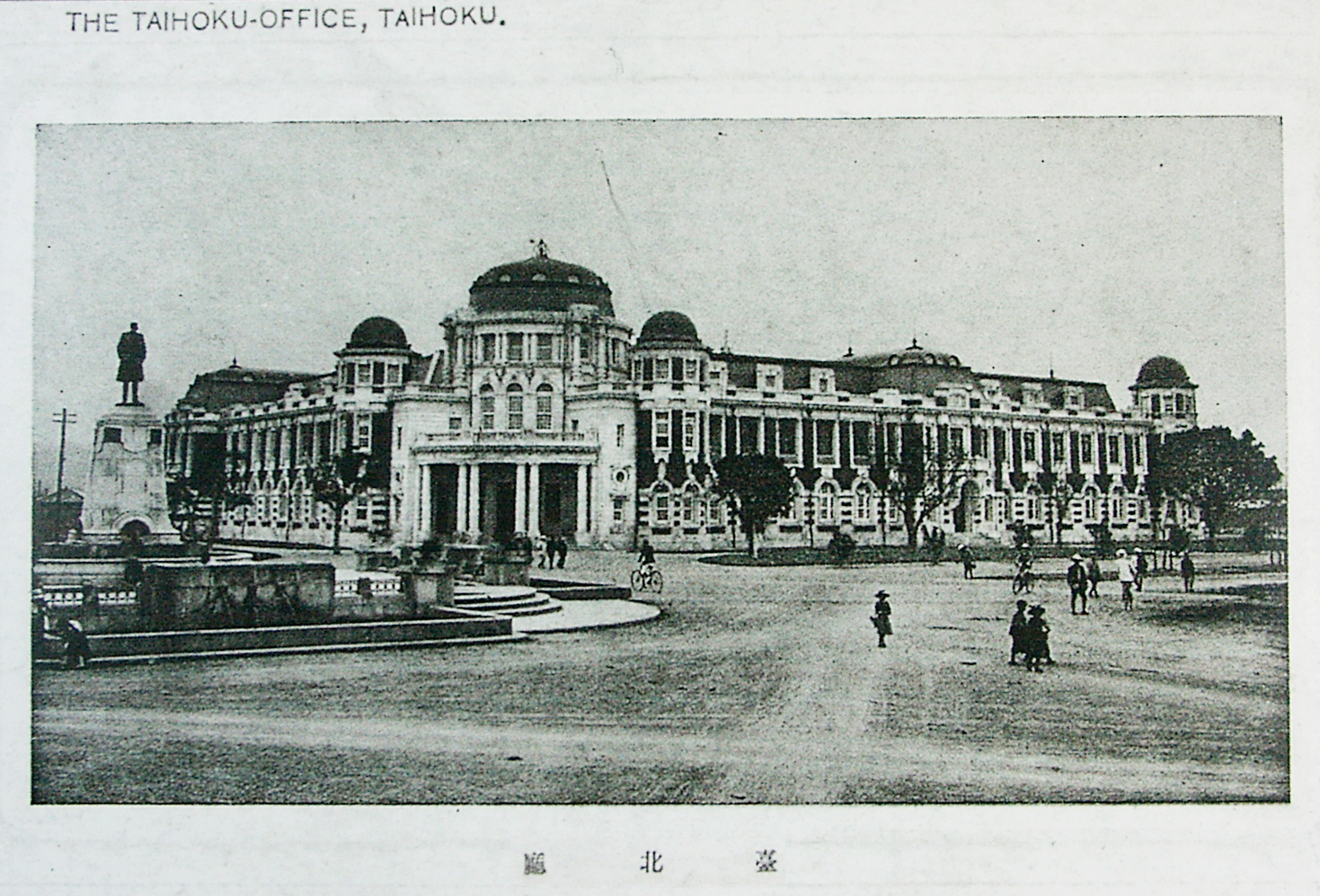
The supervision system of China can be dated back more than two thousand years ago in the Chin (秦) (246-206 B.C.) and Han (漢) (206 B.C.- A.D. 220) dynasties. At that time, the government was supervised by the office of yu shih (御史). During the reign of Emperor Wu (漢武帝) of the Han dynasty, the posts of cheng-hsiang szu-shih (丞相司直) and szu-li chiao-wei (司隸校尉) were added to assist supervision. Additionally, 13 pu-tzu-shih (部刺史) officials were established to supervise the local governments.
Emperor Kuang Wu (光武帝) of the Eastern Han (東漢) dynasty (A.D. 25-57) kept the system; his only change was to use the szu-li chiao-wei and 12 pu-tzu-shih to supervise the local governments.
Following the Wei (魏) (A.D. 220-265) and Tsin (晉) (A.D. 265-420) dynasties, there were minor modifications.
During the Sui (隋) (A.D. 581-618) and Tang (唐) (A.D. 618-904) dynasties, the office of yu-shih was divided into tai (台) and chien (諫). The former was charged with supervising civil officials and military officers, while the latter was responsible for counseling the emperor. In keeping with the tzu-shih (刺史) system of the Han dynasty, the nation was divided into 15 provinces for supervision.
The functions of the offices of tai and chien gradually combined in the latter half of the Sung (宋) dynasty (A.D. 960-1279), and merge began from the Yuan (元) dynasty (A.D. 1279-1368) and onward.
During the Ming (明) (A.D. 1368-1644) and Ching (清) (A.D. 1644-1911) dynasties, a tu-cha-yuan (都察院) was set up to supervise government ethics, tightening supervision at the local level. The number of chien-cha yu-shih (監察御史) was also increased from 13 to 15. At the end of the Ching dynasty, the system of delineation by province was restored, and the number of officials was further increased to 20. They were responsible for upholding justice, conducting investigations in various areas, reporting cases of impeachment to the throne, and enforcing discipline.
The founding father of the Republic of China, Dr. Sun Yat-sen (孫中山), advocated a five-power constitution when he founded the Tung Meng Hui (同盟會), to spearhead the Chinese revolution.
Drawing from the Western system of checks and balances among legislative, executive and judicial powers, he also added two traditional Chinese government powers of examination and supervision (control) to complete the five-power system. At the time of founding of the Republic of China, the Beijing-based provisional government was still using the Western three-power system, with the power of impeachment held by the parliament. Following the Northern Expedition, however, the country was reunited in 1928 and the government adopted the five-power system.
The Auditing Yuan (審計院) was established in February 1928, but in February 1931, the Control Yuan, exercising the powers of auditing and impeachment, was formed to serve as the highest supervisory organ of the Nationalist Government. At the same time, the Auditing Yuan was downgraded to a ministry and incorporated into the Control Yuan. In 1937, following the start of the Sino-Japanese War, the powers of censure and recommendation were added to the Control Yuan.
The Constitution of the Republic of China was enacted on December 25, 1947. According to the constitutional regulations, the members of the first Control Yuan were elected by the provincial, municipal, Mongolian, Tibetan, and Overseas Chinese representative councils. Thus, on June 5, 1948, the Control Yuan was officially established following the enactment of the Constitution.
When the Constitution was initially put into effect, the Control Yuan set up branch offices in various regions; however, these offices were suspended after the central government was relocated from the mainland to Taiwan.
When the second National Assembly met in May 1992, it approved the Amendment of the Constitution of the Republic of China, which provided that the Control Yuan shall have 29 members, including a president and a vice president, all of whom shall serve a term of six years and shall be nominated, with the consent of the National Assembly. Hence, members of the Control Yuan were no longer elected by local councils or overseas compatriot groups. In accordance with this constitutional amendment, the members of the second Control Yuan, nominated and appointed by the President of the Republic of China with the approval of the National Assembly, began to exercise their powers on February 1, 1993. The nomination and appointment of the members of the third Control Yuan was carried out accordingly. In April 2000, the fifth convention of the third National Assembly made a constitutional amendment, transferring from the National Assembly over to the Legislative Yuan the power to approve the Control Yuan members, president, and vice president. The members of the fourth, fifth and sixth Control Yuan were elected according to this regulation.